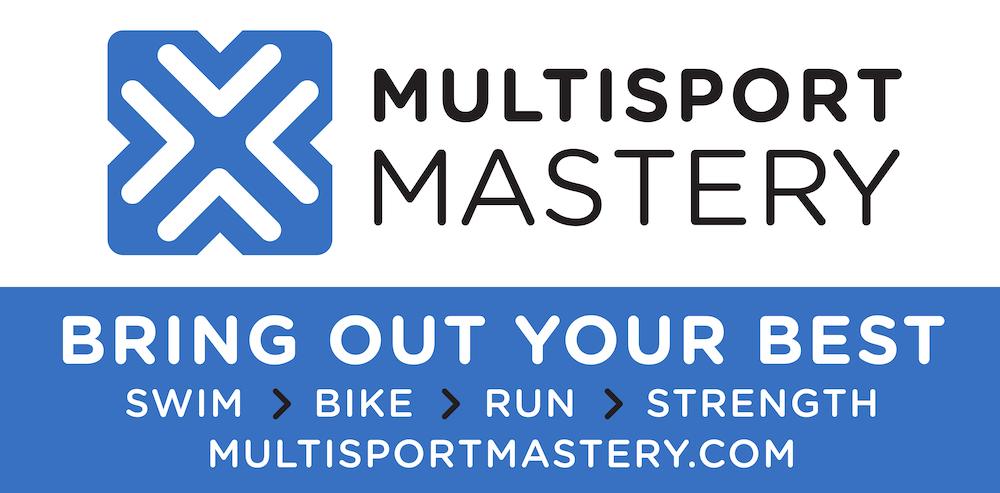In the past week, I’ve gotten a few questions about applying for sponsorships. I thought it might be helpful to pass on some helpful tips for triathletes interested in working with sponsors.
The first question most athletes have is: should I apply for a sponsorship? Any level of athlete is a good athlete to sponsor. While some programs are seeking top age group/elite competitors, many are interested in sponsoring motivated athletes with a solid vision of what they can do for their sponsor. Whether you have age group winning results or just a strong passion for the sport, consider applying for sponsorships. It’s not just for the elites.
Next, athletes wonder what they can expect from a sponsor. Not payment nor free product. Many sponsors are more willing to provide you with discounts. Some ask you to wear a race kit or logo. Some require you to participate in specific races. Some ask you to pay a fee to buy into a program that provides you a specific brand of bike, shoes, wetsuit, etc. Some require you to blog about their products. Some ask you to tweet about their products a certain number of times per week. Some are teams that ask you to attend training camps. Know what a sponsor expects and be sure you can meet their demands.
Then, you’ll need to decide which companies you’ll ask for sponsorship. Look at all of the products you currently use or would like to use: socks, race gear, wheels, helmet, glasses, nutrition, supplements, tires, hydration systems, etc. Think beyond the triathlon box. What do you frequently use? Food companies, a local store, a local bank, online services, clothing, etc. Make a comprehensive list, being as creative as possible.
Next, visit each company’s website. Many websites have information on sponsorship programs, online applications or contact information for sponsorship coordinators. For companies without this information, inquire on their “contact us” page, explaining your interest in applying for a sponsorship. On your list (above), write any specifics required, contact information or deadlines for applying to keep yourself organized in the process.
Next up: it’s time to apply.
If the company doesn’t have a specific application to complete, you’ll need to find a way to introduce yourself and your intent. To do this, create a cover letter. Keep it succinct, professional and with purpose. Start by introducing yourself (ie., My name is ___ and I’m an age group triathlete). Then, explain your purpose for writing (I’m writing to seek any level of support or sponsorship for the upcoming 2013 triathlon season). Next, briefly describe yourself. Include any results, involvements in the multisport community (ie., coaching, volunteering, teaching, etc), affiliations with sports-related groups (ie., masters teams, running groups, tri clubs) and your location (I live in suburbs of Chicago, with a growing multisport community).
Now, here comes the most important part. More important than who you are or what you’ve done, tell them what you’re going to do for them. Start with your upcoming season schedule (In 2013, I plan to race a variety of local and national-level races providing you with widespread coverage in multisport communities). Then, tell them how you’re going to support their brand or product. Here are a few ideas:
-Wearing their logo in training and racing
-Distributing product or product information
-Speaking on their behalf at local meetings or outings
-Volunteering on their behalf at local races
-Testing new products or writing product reviews
-Promoting their products on social media
-Reviewing or promoting their products on your blog
Attached to your cover letter should be a race resume. As with a professional resume, include your name (and contact information) as the header and present the information in an organized, easy to read manner. You may also wish to include a photo of yourself in sport action. The race resume should include the following:
-Your last season’s race results (include race name, location, date, placement)
-Awards and achievements (ie., USAT All American)
-Groups and affiliations
-Certifications or licenses
-2013 proposed season schedule
Some companies encourage creativity in your materials but be professional and send the most clean, correct version of your materials as possible. Have a friend review your materials for proper grammar and spelling. Be sure to include anything they specifically ask for: pictures, spreadsheets, essays.
Before you send anything off, read the fine print of any contract you’re asked to sign. There might be deadlines, race requirements, media or education incentives to fulfill or rules for logo display. Know what you’re getting into. If you’re committed, representing a brand is an honor but also a responsibility. Make sure you are genuinely interested in the companies you accept sponsorship from. In the past, I’ve made mistakes in accepting sponsors only to realize it wasn’t a good fit because I didn’t feel comfortable promoting something I didn’t understand. Choose your sponsors wisely.
Above all, see sponsorship as a partnership. What’s in it for me is not as important as what you’re going to do for them. If you’re really passionate about a product or a company, you want to tell people all about it in any way possible. Do your part and do what you say you’ll do. This goes beyond wearing a kit or having good results, be a good ambassador for your sponsor – your actions and appearance represent a brand not there to speak for itself.
Many sponsorship deadlines are coming up. Most companies make decisions by the end of the year. Some offer yearlong sponsorships, others offer 2 to 3 year agreements. If you don’t get accepted, expect a letter or email saying so. But don’t let that discourage you from reapplying in the future. Many sponsors accept athletes based on geographical needs or specific “markets” they’re looking to fill. They just might need you in the future.
Good luck!

